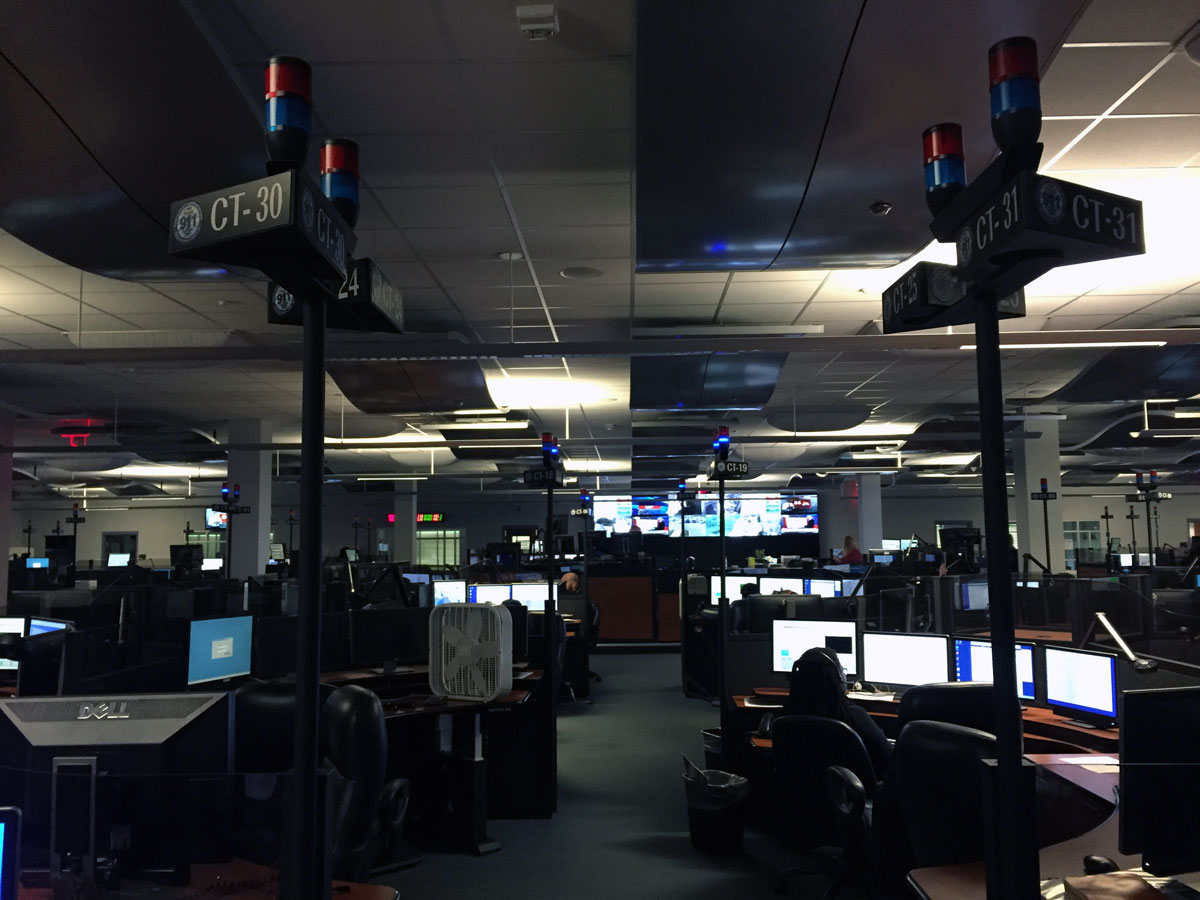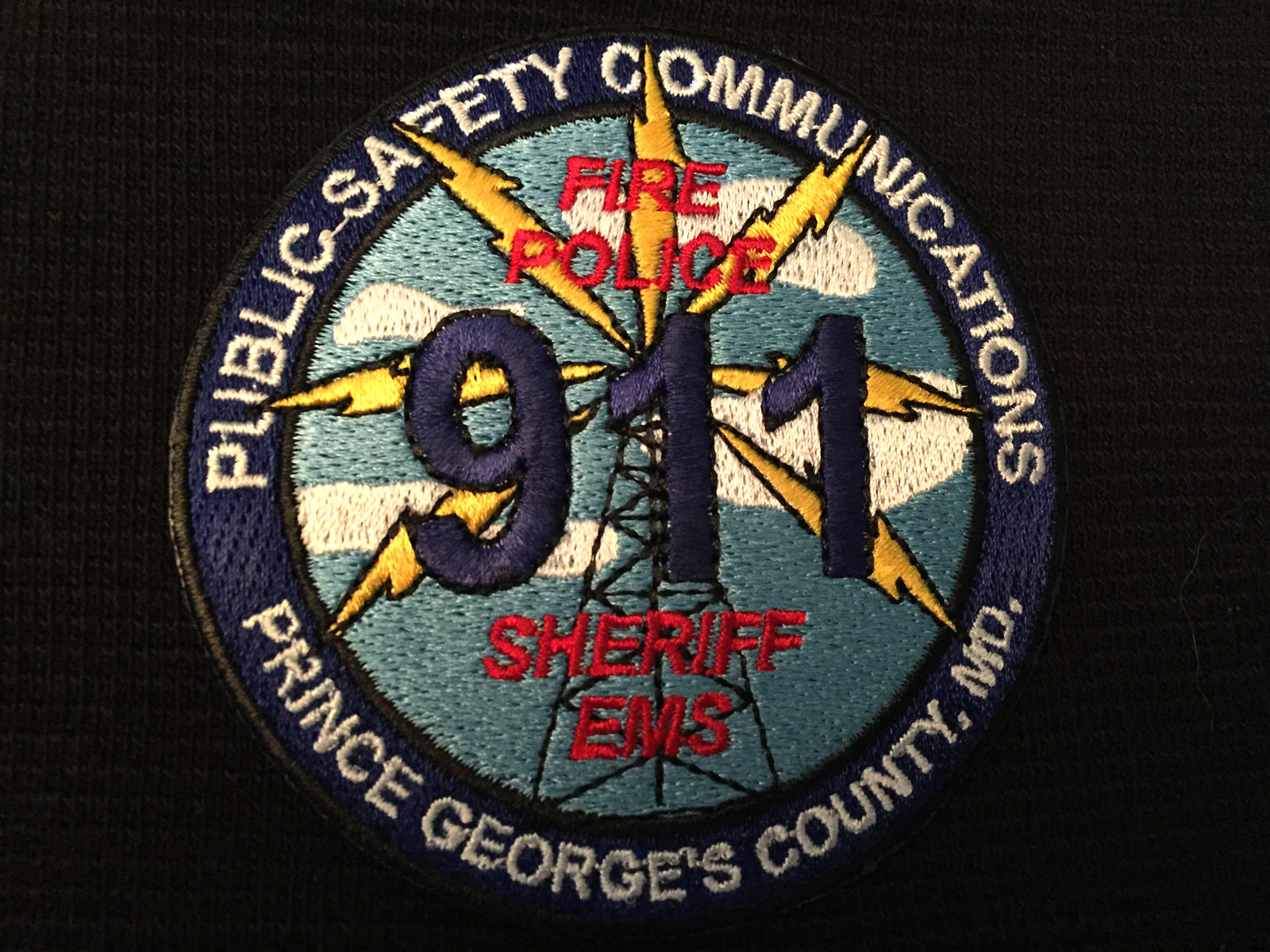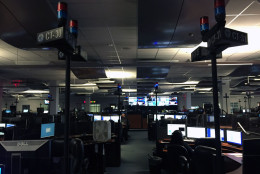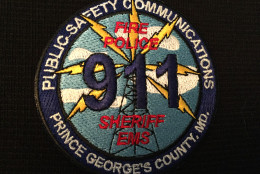



WASHINGTON — Prince George’s County doesn’t have enough call-takers working in its 911 center, and that sometimes leaves callers waiting for several minutes for critical help during emergencies.
WTOP has learned that the county had fewer than a dozen call-takers answering the 911 line in its new Public Safety Communications center on July 4 — one of the busiest nights of the year for public safety agencies in the county that has a population of more than 909,000.
Although the county’s goal is to answer calls within 10 seconds, shortly before 10 p.m. on July 4, 33 callers waited — at least one waited more than 6 minutes — for someone to answer the phone.
“We just have too many calls, and too few people to handle that,” said a 911 call-taker, who spoke to WTOP under condition of anonymity because the call-taker feared losing their job.
Three call-takers who spoke to WTOP described their frustration with the heavy call volume in the emergency center, which handles 911 calls from landlines and cellphones, medical alarms and property alarms, in addition to nonemergency police calls.
“We have calls that are nonstop. We can’t keep up with them. We feel like we’re suffocating,” said one employee.
After initially disputing WTOP’s findings, Scott Peterson, deputy manager of communications for County Executive Rushern Baker, acknowledged the county’s 911 center had been caught short.
“After review of the 911 call log from the 4th of July this year and comparing it to the 4th of July in 2015, we identified an uncharacteristic surge in calls that evening,” Peterson said, in an email statement.
Peterson said the combination of staffing levels and call volume left citizens waiting an unacceptable period of time to speak with a call-taker. “Fortunately, there were no missed emergency calls or tragic circumstances that occurred due to these delays,” he said.
The county executive’s spokesman says the Independence Day holiday is one of the busiest days of the year for 911 dispatchers, and the call center was staffed based on call history and recent trends.
“Based on this year’s experience, we are taking extra steps to ensure we have enough staff ready to handle unexpected call volume on higher volume days in the future,” Peterson said.
Charlynn Flaherty, the county’s director of public safety communications, acknowledged the emergency center doesn’t currently have the number of call-takers it should.
“When we’re fully staffed, the authorized strength is 17.5 people per shift in 911,” said Flaherty. “Right now, when you consider vacancies, people in training, and people on leave, it’s 13.”
Flaherty said that the staffing levels do not put the public at risk.
Flaherty showed WTOP’s Michelle Basch printouts of two recent days in which call answer times averaged 9 seconds and 13 seconds, slightly longer than the goal of 10 seconds. WTOP requested a more complete one-month snapshot of average answer times, but the county has yet to provide that documentation.
The 911 center receives approximately 5,000 calls a day, Flaherty said.
The agency is one of only four in the United States to be accredited in all three areas offered by the International Academy of Emergency Dispatch — police, fire and emergency services.
“This is a very stressful job,” Flaherty said. “You get really burned out if, every day, all you do is experience other people’s worst days.”
The starting salary for 911 call-takers is $15.77 per hour, Flaherty said.
The call-takers who spoke to WTOP say the salary is considerably below that of neighboring jurisdictions, and claim employees often jump to other agencies.
Flaherty said the county is aware that pay parity is important, as it tries to attract and keep the region’s best call-takers.
“In preparation for this interview, in discussion with higher level people, I was assured that there is focused attention on addressing the salary issues,” she said.
Flaherty said the county has increased staffing in recent years, and recently hired 10 call-takers, who are undergoing training.
Bill McGown, operations manager of the PSC, and a retired deputy fire chief for the county, said the training period of four to six months is a wise investment in public safety.
“The types of calls we receive require accuracy,” McGown said. “In some jurisdictions, they may put them through a one-week or two-week course. But we’ve found the training we give them, and the return we get (from intensive training) is very important and valuable.”
The training includes teaching employees how to interact with citizens desperate for help.
“If a baby’s not breathing, the first thing you have to do is calm down the person, and the only tool that a call-taker has is their voice,” said Flaherty. “They can’t reach through the phone, throw water on them, or grab them by the collar and say ‘listen to me’.”
Providing guidance on remaining calm even when the caller is frantic is important, Flaherty said.
“If you don’t do that, there was a jurisdiction where somebody said something they shouldn’t say: ‘Stop whining.’ And that got national attention,” Flaherty said, referring to an Anne Arundel County call-taker’s comment to the child of a man who died in a 2015 crash on the Baltimore-Washington Parkway.
Flaherty said the 911 call-taker position, like other public safety positions, leaves little room for error.
“It’s not like working at McDonald’s. You get barbecue sauce instead of ketchup, and oops, you go around through the drive through,” Flaherty said. “This is life and death.”









